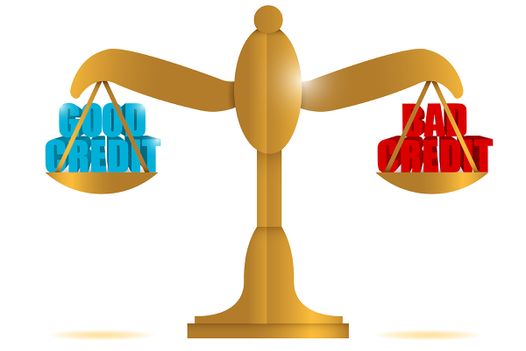Not all debt is bad, and understanding the difference between good and bad debt could enable you to make smarter decisions about how to grow your business. Recognising the impact of bad debt is critical when it comes to understanding that your business might be heading for trouble. We explore what is good debt and bad debt, the impact of them both, and what you can do about both types of debt.
Good debt and its impact on your business
Not all debt is bad. Good debt is the type of debt that supports your business growth and ability to create wealth. Whether a debt is good or not can also depend on how you use it. For example, your business could borrow money to buy an asset that generates income for the business, and the return on investment for the asset exceeds its after-tax interest cost. Alternatively, if you’re in a seasonal industry, you could use a business loan or line of credit to balance out uneven cash flow in the slower seasons.
So as a general rule of thumb, good debt generates more value or money than the loan itself costs. Good debt has a positive impact on your business: it allows you to expand by financing things like equipment, premises, skilled employees, and marketing.
Bad debt and its impact on your business
Bad debt for businesses can take two forms. The first is a loss your business incurs because you’ve extended credit to customers and/or it can’t be repaid or recovered. This could be because your customers have financial problems or you can’t collect. This type of debt is expensed on your income account.
Another type of bad debt could be a loan your business takes out to finance things like growth or day-to-day operations. A bad debt tends to be expensive (high interest) and may make you fall into a debt cycle where the debt becomes unmanageable and your business finds it harder to pay off the debt. Bad debt costs your business money without enhancing your financial situation.
In some cases, bad debt can just be a good debt that’s been poorly managed. Your ability to repay it can be compounded by the first type of bad debt. For example, when customers can’t pay you, it affects your cash flow, profitability, and ability to make repayments on your debt obligations.
So bad debt can affect your bottom line, disrupt your day-to-day activities by affecting cash flow, constrain growth, and even threaten the survival of your business.
How to deal with good debt
Even good debt can become bad debt if you don’t keep how much you borrow under control. Always have a plan for paying off debt eventually (even good debt) and try to pay off the more expensive forms of good debt before the cheaper good debt. Delay major expenses where possible so you’re not accumulating unnecessary good debt, and keep to a strict business budget to keep costs under control. Look for ways to keep your business productive without accumulating extra debt. Monitor your debt-to-equity ratio regularly. Track customer payments and make sure your business is getting paid on time. If you have multiple forms of good debt, consider consolidating them to keep fees down and make repayments more manageable.
How to deal with bad debt
If you have bad debt in the tax sense – as in, it’s unrecoverable or can’t be collected – you have to write it off as bad debt and follow other tax and accounting compliance processes relating to bad debt. In addition, you could implement a debt management and recovery program to deal with things like cash flow, overdue payments, stronger payment terms, and credit control systems.
Alternatively, if your business has bad debt it’s finding hard to pay off, you should take action as soon as possible. Company directors in particular have a duty to not trade while insolvent, and breaching this duty can mean serious legal consequences.
- Get advice – If your business is heading for financial trouble, get advice from professionals like restructuring, business-turnaround, and insolvency experts as a matter of urgency. This will let you explore the options available and act quickly to stay out of trouble.
- Work with creditors – You could approach creditors to make new repayment arrangements, allowing you to repay your debts in a manageable timetable.
- Restructuring – Restructuring and turnaround measures could give your business a lifeline, allowing you to repay debts and keep operating.
- Insolvency proceedings – Processes like voluntary administration, receivership, and liquidation are last-resort measures that result in shutting down your business and, less commonly, turning your business around.
Is your business experiencing financial difficulties?
Good debt drives your business forward, helping you to grow faster, while bad debt can constrain growth or even threaten the survival of your company. A smart approach to good and bad debt means reviewing your debts and prioritising repayments. If your business has a lot of bad debt, it’s important to seek advice as soon as possible so you can avoid insolvency issues and give your business the best chance of turning around.
If your business is experiencing financial difficulties, but you’re not ready to give up, consider entering voluntary administration and turning your company around. Contact our expert team and they’ll be able to help you with the next step. Call us now on 1300 750 599.



